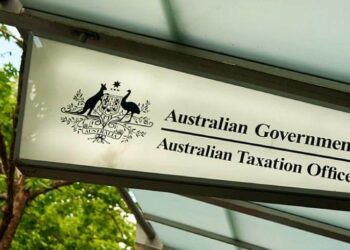With an estimated $330 billion set to flow out of the accumulation phase over the next decade, super funds will have to offer annuity products if they want to retain members, according to Actuaries Institute chief executive Melinda Howes.
"Given that Australians are the second longest-lived population on the planet, we need to allow retirees to insure themselves against longevity using products like deferred lifetime annuities," Howes said.
Countries such as Chile and Switzerland have similar retirement savings systems as Australia in the accumulation phase, but "that is where the similarities stop", she said.
"Chile and Switzerland both favour annuitisation in retirement and have some compulsion," Howes said.
Whether Australia should implement "hard" or "soft" compulsion – or a range of incentives instead – was a matter for debate, Howes said.
But there are also significant behavioural, legislative and political barriers to a "vibrant and competitive" annuities market in Australia, she said.
Consumers tend to "overweight" the importance of unlikely events such as longevity; annuities appear very expensive to consumers; and the availability of the age pension is "the final nail in the coffin", Howes said.
The Actuaries Institute of Australia has recommended that the SIS Act Regulation 106 be amended to "modernise" the definition of an annuity to allow product innovation, she said.
Lifetime non-commutable annuities should also be made exempt from the Assets Test; annuities and deferred annuities should be allowed to be issued as a component of an account-based pension; and deferred annuities should be treated as a pension in the drawdown phase for tax purposes, Howes said.




